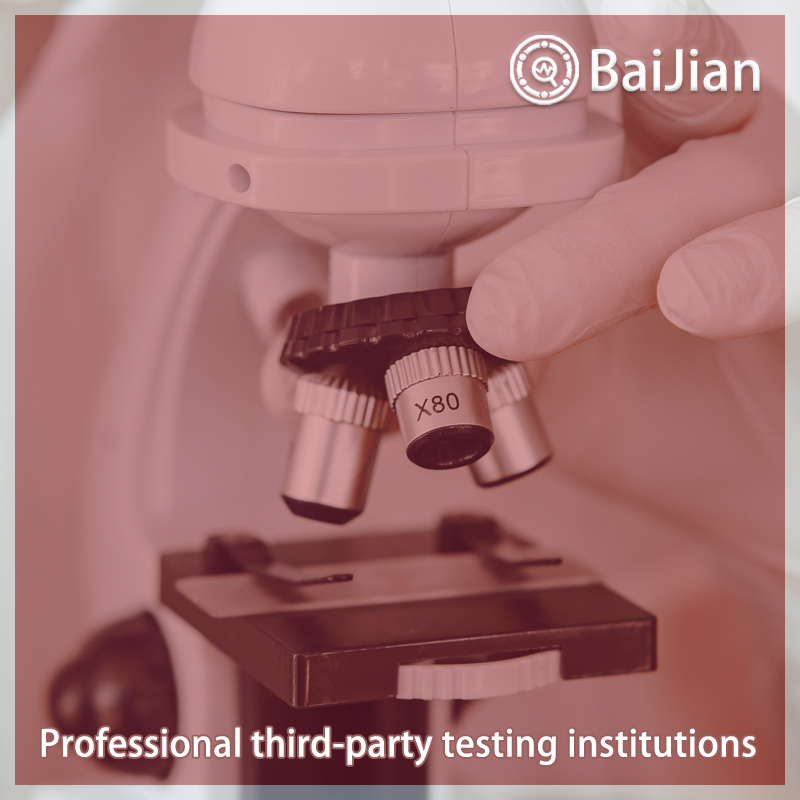
This standard specifies the classification, materials, technical requirements, test methods, inspection rules, storage, and transportation of insulated ropes for live working. This standard applies to insulation rope materials used for live working on electrical equipment of various voltage levels of AC and DC. The clauses in the following normative references become the clauses of this standard through the reference surface of this standard. For dated reference documents, all subsequent amendments (excluding corrected content) or revisions are not applicable to this standard. However, parties to agreements based on this standard are encouraged to study whether the latest versions of these documents can be used. For undated references, the latest version applies to this standard. GB/T 14286: Terminology of Live Working Tools and Equipment (GB/T 14286-2008, IEC 60743:2001, MOD) GB/T 16927.1 High Voltage Test Techniques, Part 1: General Test Requirements (GB/T 16927.1-1997, eqv IEC60060-1:1989) DL/T 974 Tool Warehouse for Live Working 3 Definitions GB/T 14286 and the following terms and definitions apply to this standard. 3.1 Diameter of rope The diameter of the outer tangent circle of the rope under tension measurement. 3.2 Measuring tension The tension applied to the rope when measuring its characteristics. 3.3 Breaking strength The maximum tension obtained when a rope breaks. 3.4 Elongation When the applied tension increases from the measured tension value to 75% of the specified value of the rated breaking strength of the rope, the rate of increase in the length of the rope. 3.5 Conventional insulated ropes are ropes made of natural or synthetic fiber materials that have good electrical insulation performance in a dry state. 3.6 Damp resistant insulating rope is made of natural or synthetic fiber materials, which have undergone specialized moisture-proof treatment and still have good electrical insulation performance under high humidity conditions
Function of testing report:
1. Project bidding: Issue authoritative third-party CMA/CNAS qualification report
2. Online e-commerce platform entry: Quality inspection report recognized by major e-commerce platforms 3. Used as a sales report: issuing legally effective testing reports to make consumers more confident 4. Papers and research: Provide professional personalized testing needs 5. Judicial services: providing scientific, fair, and accurate testing data 6. Industrial problem diagnosis: Verify the troubleshooting and correction of industrial production problemsBaijian and testing process:
1. Telephone communication and confirmation of requirements
2. Recommend solutions and confirm quotations 3. Mail samples and arrange testing 4. Progress tracking and result feedback 5. Provide reports and after-sales service 6. If urgent or priority processing is requiredTesting and testing characteristics:
1. The testing industry is fully covered, meeting different testing needs
2. Fully cover the laboratory and allocate localized testing nearby3. Engineers provide one-on-one services to make testing more accurate
4. Free initial testing, with no testing fees charged
5. Self service order delivery for free on-site sampling
6. Short cycle, low cost, and attentive service 7. Possess authoritative qualifications such as CMA, CNAS, CAL, etc 8. The testing report is authoritative and effective, and is generally used in China